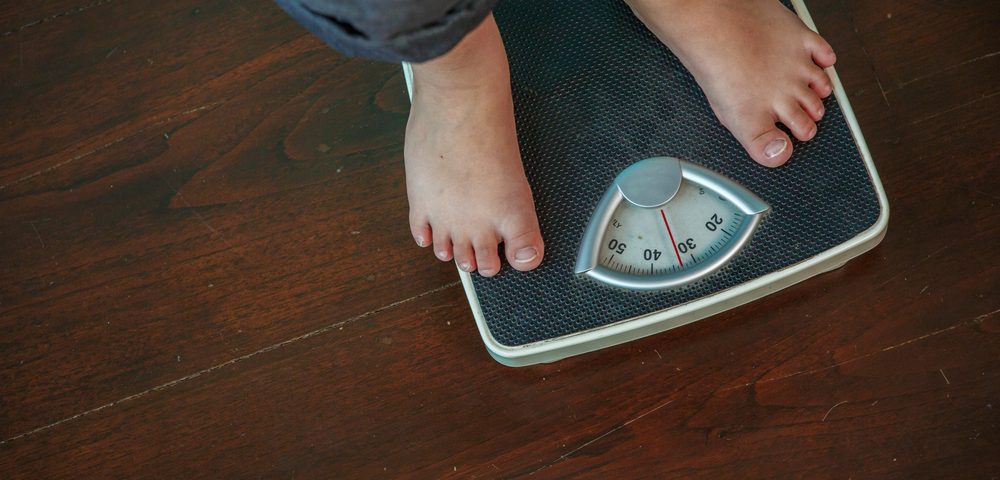Increase in body fat in pediatric Hodgkin lymphoma patients may be linked to disease relapse, according to the study “Visceral fat and muscle changes during 6-week chemotherapy in pediatric Hodgkin lymphoma,” recently presented at the 2016 American Society of Clinical Oncology (ASCO) Annual Meeting in Chicago.
Obesity has been identified as an adverse risk factor in a variety of childhood and adult cancers. However, in pediatric Hodgkin lymphoma, the most common cancer in adolescents, such association has not been established, possibly because patients often experience weight loss and BMI measurements cannot differentiate between lean and fat tissue.
Now, researchers at Columbia University in New York unraveled the importance of obesity in the response to treatment in children with Hodgkin lymphoma. They analyzed clinically collected computed tomography (CT) scans from head to mid-thigh to measure visceral adipose tissue (VAT), subcutaneous adipose tissue (SAT), and muscle mass in 101 pediatric patients enrolled in the Children’s Oncology Group Phase 3 clinical trial AHODOO31.
The CT scans revealed that the 13 patients who exhibited fever and night sweats at diagnosis had a trend toward lower muscle mass. Although patients showed an increase in SAT and VAT and a trend toward decreased muscle after the six-week chemotherapy regimen, patients who experienced relapses had a non-significant trend towards more VAT and SAT, compared to the group of patients who did not relapse.
The results suggest that an increase in body fat deposits during treatment may be linked to poorer prognosis for children with Hodgkin lymphoma. However, given the small sample size in this study, the authors believe that assessing the full AHODOO31 cohort may provide further insights into the impact of body fat on risk of relapse in Hodgkin lymphoma patients.
“Body mass index is a crude measure of obesity, and the actual measurement may be obscured by disease-related weight loss. Using imaging methods to evaluate body fat may allow for better determination of at-risk patients,” Kara Kelly, MD, chair of the Department of Pediatric Oncology at Roswell Park, the study’s senior author, said in a press release.
“This study also indicates a need for further study of nutritional interventions to reduce the risk of fat deposits over the course of treatment and their impact on survival among Hodgkin lymphoma pediatric patients,” Kelly said.


